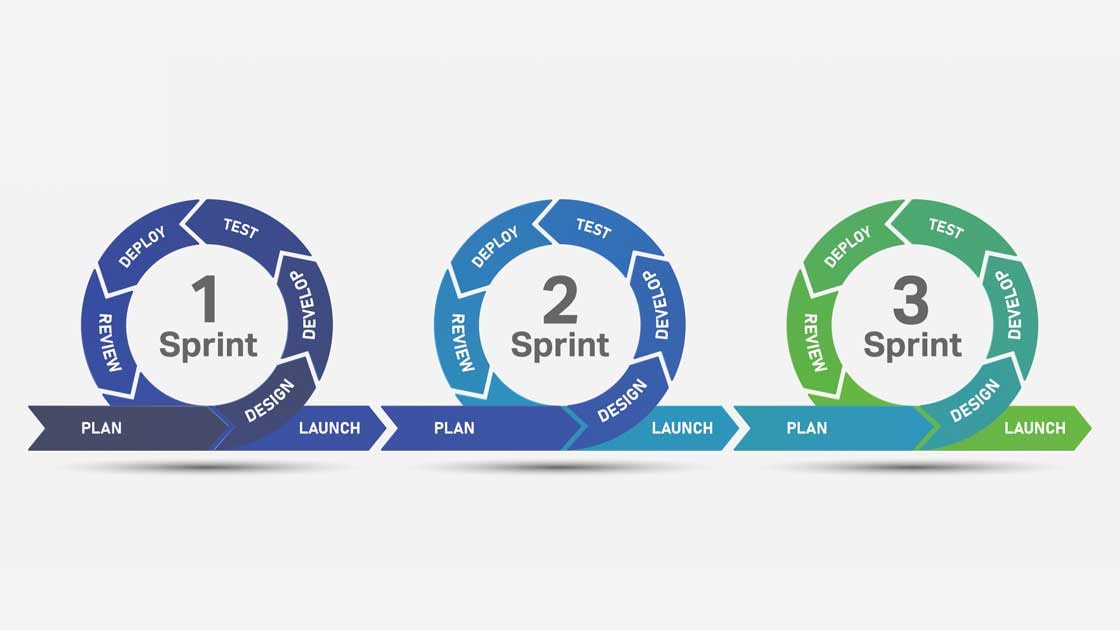Understanding the Software Development Process - A Guide for Beginners

- Published on

Software development is a complex process that requires careful planning, execution, and management. The process involves a series of steps that aim to create high-quality software that meets the needs of users. In this article, we'll walk through the basic steps of the software development process and discuss how the Agile development method can help you create better software.
Step 1: Planning and Requirements Gathering
The first step in the software development process is planning and requirements gathering. During this step, you'll work with stakeholders to identify the goals and objectives of the software project. You'll also gather information about user requirements, system requirements, and other project requirements. This information will be used to create a software requirements document that outlines the functionality and features of the software.
Step 2: Design and Architecture
Once you've gathered requirements, the next step is to design and architect the software. During this step, you'll create a high-level design that outlines the software's architecture, data structures, and algorithms. You'll also create a detailed design that includes screen layouts, user interface elements, and other design elements.
Step 3: Implementation and Coding
After the design and architecture phase, it's time to start coding. During this phase, you'll write the code for the software, following the design and architecture specifications. You'll also conduct testing during this phase to identify and fix any issues with the software.
Step 4: Testing and Quality Assurance
Once the software has been implemented, it's time to conduct testing and quality assurance. During this phase, you'll conduct unit testing, integration testing, system testing, and acceptance testing to ensure that the software meets the requirements and functions correctly. You'll also perform quality assurance activities, such as code reviews and testing automation, to ensure that the software is of high quality.
Step 5: Deployment and Maintenance
The final step in the software development process is deployment and maintenance. During this phase, you'll deploy the software to production environments and maintain it over time. You'll also provide support to users and conduct maintenance activities, such as bug fixes and software updates.
Agile Development Method
The Agile development method is a flexible and iterative approach to software development. It emphasizes collaboration, customer involvement, and continuous improvement. The Agile development method consists of several key principles, including:
- Working software over comprehensive documentation
- Customer collaboration over contract negotiation
- Responding to change over following a plan
- With the Agile development method, software is developed in short cycles called sprints. Each sprint is typically two to four weeks long and includes planning, coding, testing, and review activities.
- During each sprint, the development team works closely with stakeholders and customers to ensure that the software meets their needs.
One of the main benefits of the Agile development method is that it allows for continuous feedback and improvement. The development team can quickly respond to changing requirements and make adjustments to the software as needed. This approach results in software that is more closely aligned with the needs of users and stakeholders.
Hi there! Want to support my work?
The software development process is complex, but by following the steps outlined in this article and using the Agile development method, you can create high-quality software that meets the needs of users. Planning and requirements gathering, design and architecture, implementation and coding, testing and quality assurance, and deployment and maintenance are all important steps in the software development process. By following these steps and using the Agile development method, you can create software that is more closely aligned with the needs of users and stakeholders.